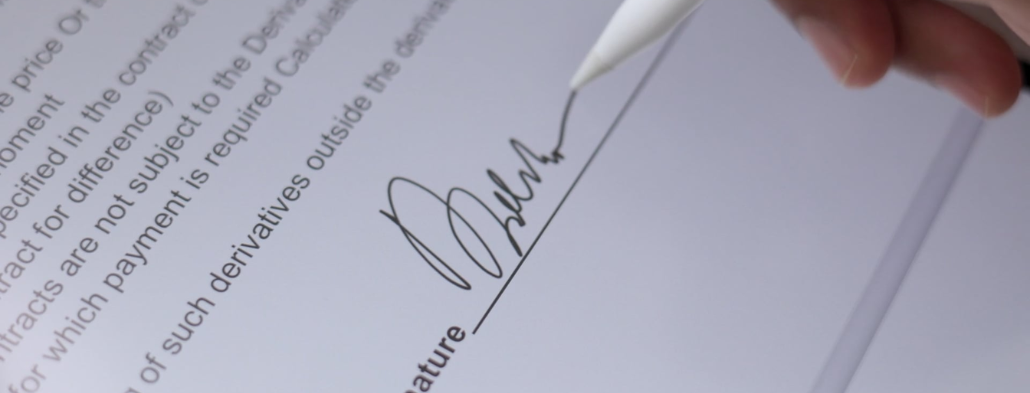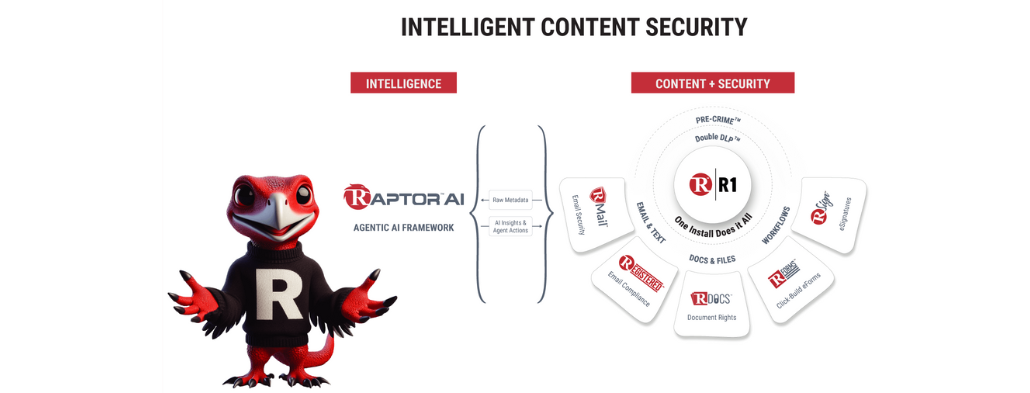It means the signed file contains embedded verification data (certificate chain, revocation evidence, and timestamp) so the signature can be validated long after the signing certificate expires.
What is Long Term Validation (LTV)?
Long Term Validation (LTV) is a critical security mechanism that ensures digital signatures remain valid and verifiable long after the signing certificate expires or becomes unavailable. When you digitally sign a document, the signature includes cryptographic proof of authenticity tied to a specific certificate. However, certificates have expiration dates and can be revoked, potentially making future verification impossible.
LTV addresses this challenge by embedding additional validation information directly into the signed PDF at the time of signing. This includes revocation status information, certificate chain data, and timestamps that create a comprehensive validation package. Think of LTV as creating a time capsule that preserves all the evidence needed to verify a signature's authenticity, even decades into the future.
The technology works by collecting and storing critical validation data including Certificate Revocation Lists (CRLs), Online Certificate Status Protocol (OCSP) responses, and the complete certificate chain up to the trusted root certificate authority. This ensures that anyone opening the document years later can verify the signature was valid when it was created, regardless of current certificate status.
Traditional digital signatures face a fundamental problem: what happens when the certificate used to create the signature expires or gets revoked? Without LTV, a perfectly valid signature could become unverifiable over time, creating legal and compliance challenges for businesses that need long-term document integrity.
When you sign with RSign, your documents remain authentic, tamper-proof, and verifiable for years—even decades. RSign combines advanced signer authentication with Long-Term Validation (LTV) digital signatures to give you complete peace of mind.
Advanced Signer Authentication
Before a document is signed, RSign ensures the right person is signing it.
Verifying whether your PDF document has LTV information is straightforward using Adobe Acrobat Reader or other compatible PDF viewers. Here's how to check:
Using Adobe Acrobat Reader:
The signature panel will display comprehensive information including the certificate chain, revocation status, and document timestamp details. If LTV information is present, you'll see additional validation data that confirms the signature's long-term integrity.
Alternative Verification Methods:
Most modern PDF viewers support LTV verification, though the interface may vary. Look for signature properties that mention "long-term validation," "archival," or "extended validation" features. Electronic signature platforms like RSign also provide validation reports that clearly indicate LTV status.
While it's ideal to enable LTV during the initial signing process, there are scenarios where you might need to add LTV information to an existing signature. However, this process has important limitations and considerations.
Post-Signature LTV Enhancement:
In Adobe Acrobat Pro, you can attempt to add LTV information by:
Important Note: Post-signature LTV addition has significant limitations. The validation information collected after signing may not accurately reflect the certificate's status at the original time of signing. This can create gaps in the validation chain that compromise the signature's long-term integrity.
The most reliable approach is to ensure LTV is enabled during the initial signing process. RSign's eSignature platform automatically handles LTV implementation, collecting all necessary validation data at signing time. This proactive approach ensures complete validation coverage and eliminates potential gaps in the certificate verification chain.
Once a signer is verified, RSign locks that proof into the document—for life.
Long Term Validation serves multiple critical functions in enterprise document management and compliance workflows. Understanding these applications helps organizations make informed decisions about when and how to implement LTV capabilities.
Regulatory Compliance Applications:
Many industries face strict requirements for document retention and verification. Financial services compliance, healthcare record management, and government contracting often require documents to remain verifiable for extended periods. LTV ensures that signed documents meet these long-term validation requirements without additional infrastructure investments.
Why RSign LTV Matters for You
Legal document management particularly benefits from LTV technology. Contracts, merger agreements, and intellectual property documents may need verification decades after signing. LTV provides the cryptographic proof necessary to demonstrate document authenticity in legal proceedings.
LTV protects organizations against certificate authority changes, business closures, or technical infrastructure modifications that could impact signature verification. By embedding validation data directly in documents, businesses ensure continuity regardless of external changes to certificate management systems.
The technology also supports audit trail requirements by preserving complete validation histories. This is essential for organizations subject to regulatory audits or internal compliance reviews that examine document integrity over extended timeframes.
LTV implementation follows established industry standards, primarily the PDF Advanced Electronic Signatures (PAdES) specification. This ensures compatibility across different systems and vendors while maintaining security integrity.
Certificate Chain Management:
LTV systems must collect and embed the complete certificate chain from the signing certificate up to the root certificates. This includes intermediate certificate authorities and their corresponding revocation status information. The embedded data creates a complete validation pathway that remains accessible even if the original certificate infrastructure changes.
Timestamp authorities play a crucial role in LTV implementation by providing trusted time references for signature creation. These timestamps prove when the signature was created and help establish the certificate's validity at that specific moment.
Cryptographic Integrity:
The LTV process maintains cryptographic integrity by using hash functions and digital signatures to protect the embedded validation data. This prevents tampering with the LTV information while ensuring the original document signature remains intact and verifiable.
It means the signed file contains embedded verification data (certificate chain, revocation evidence, and timestamp) so the signature can be validated long after the signing certificate expires.
Yes. Tools such as Adobe Acrobat Reader allow you to Add Verification Information which fetches and embeds OCSP/CRL and timestamp data. However, network access to relevant PKI endpoints is required at the time of embedding.
Not necessarily. LTV is essential for documents that require long-term storage and future legal verification (contracts, corporate records, regulatory filings). For short-lived approvals, standard digital signatures may be sufficient.
If the document contains LTV evidence proving the certificate was valid at the time of signing (via timestamp and revocation status), the signature remains verifiable despite later revocation.
Yes — commonly referenced standards include PAdES (PDF Advanced Electronic Signatures) for PDF documents and established PKI/OCSP/CRL mechanisms for revocation checks.

Electronic Signature | eSignature

RAPTOR AI | Cyber Security

Digital Signature | eSignature